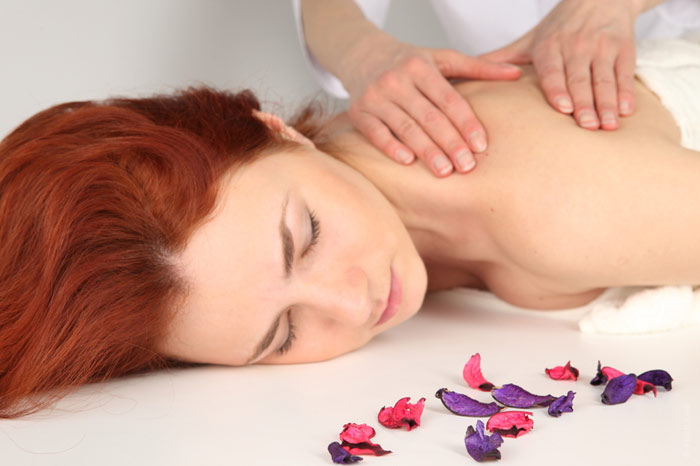Prenatal Massage Benefits & Contraindications
What is massage in your life? Is it a regular necessity or a luxury to be had as something special? Whichever your answer to this question is, consider having massage during pregnancy, it is highly beneficial.

Is Pregnancy Massage something special or is it an ordinary massage?
Actually, it can be different – the main thing is there should be any kind of manual massage applied during pregnancy (prenatal) or after delivery (postnatal). A prenatal massage shouldn’t last over an hour. Generally, it requires a special sort of table, one suitable for a woman with a big belly. The woman must be comfortably ensconced on one side – it is especially important during the last three months of pregnancy. To provide a better body position practitioners use tubular bolsters for propping.
What makes Prenatal Massage so beneficial?
Unfortunately, pregnancy massage has attracted only a handful of studies, it is still waiting for extensive research. Supposedly, it is a very beneficial procedure, more beneficial than we know. So far only a University of Miami School of Medicine study reveals that this therapy may produce positive
- influence – namely:
- induce better sleep;
- alleviate pains in the back and legs;
- diminish anxiety;
- lower stress hormone norepinephrine.
There was also a study of the effects of massage in depressed women, and it states that there are more good effects:
- the mood gets better;
- beneficial hormones serotonin and dopamine are generated more actively;
- stress hormone cortisol level falls.
Many other benefits, yet undiscovered, can be expected from Prenatal Massage as well. It is supposed to mitigate painful sensations, strengthen the immune system thereby diminishing the possibility of virus infections.
Are there any precautions to be taken?
Prenatal Massage, just like other pregnancy therapies, requires a consultation with the prenatal care provider. There are many issues to consider, so choose a reliable professional and inform them of your health conditions so they can choose the type of massage accordingly.
How is it better to position myself for massage?
Mostly pro masseurs believe that a pregnant woman should be lying on her side. This position requires some additional arrangements. There are tables with holes for the uterus, yet they do not guarantee that there won’t be unwelcome pressure on the abdomen. If the hole is too big, the abdomen may dangle, and the uterine ligaments may stretch, which is to be avoided. So, before you sign in for the massage, you are advised to discuss the question of the massage position well in advance.
Not just any masseur, right?
Right. You should make sure that your therapist is certified for prenatal care. Common national massage standards that many professionals adhere to are not enough. Your masseur should be well up in specific pregnancy massage knowledge and skills. They must know which positions are safe and which are not, and why; how to avoid putting strain on the uterine ligaments; keep an eye on varicose veins and know the symptoms of possible blood clots. All these are vital for your healthy pregnancy.
Besides, a would-be mother should know when they can have massage only at the say-so of the health care provider. The conditions that indicate a bad necessity of a consultation are as follows:
- there is a pregnancy risk;
- you have had a bleeding recently;
- you have preeclampsia;
- you have PIH, pregnancy induced hypertension;
- you have had pre-term contractions and/or pre-term labor;
- you have delivered recently;
- you suffer from bad headaches;
- you have high blood pressure.
